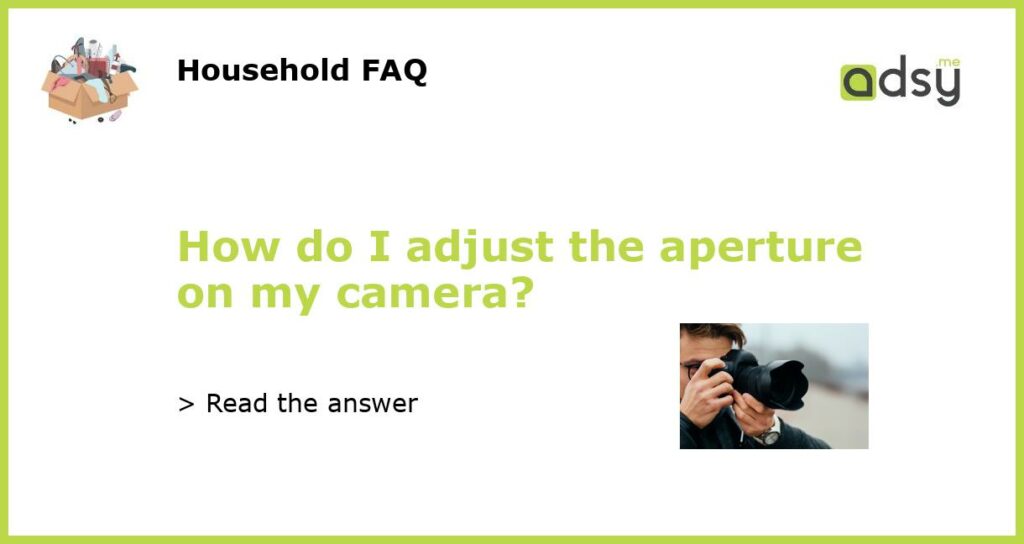Understanding the basics of aperture
Aperture refers to the opening of a camera lens, which determines how much light enters your camera. A wider aperture lets in more light, creating a shallower depth of field, while a smaller aperture lets in less light and creates a deeper depth of field.
Choosing the right aperture settings
The correct aperture setting largely depends on what you’re trying to achieve with your photo. For portraits or close-ups, a wider aperture (lower f-stop number) can help blur the background and make the subject stand out. For landscapes or group photos, a smaller aperture (higher f-stop number) can help achieve a sharper focus throughout the image.
Adjusting the aperture on your camera
Most cameras have a dial or button on the top or back of the camera body that allows you to adjust the aperture. If you’re shooting in manual mode, you’ll need to adjust the aperture yourself while using a light meter to make sure the exposure is correct. In aperture priority mode, you can choose the aperture and the camera will adjust the shutter speed accordingly for the correct exposure.
Understanding the effects of aperture on exposure
As mentioned above, adjusting the aperture affects how much light enters your camera. This means that when you adjust the aperture, you’ll also need to adjust either the shutter speed or ISO to maintain the correct exposure. Wide apertures (low f-stop numbers) let in more light, so you’ll need to use a faster shutter speed or lower ISO to keep the exposure balanced. Smaller apertures (higher f-stop numbers) let in less light, so you’ll need to use a slower shutter speed or higher ISO.
Experimenting with aperture settings
The best way to understand how aperture affects your photos is to experiment with different settings and see the results for yourself. Try taking the same photo with different aperture settings and see the difference in depth of field and overall look of the image. With time and practice, you’ll become more comfortable adjusting the aperture to achieve the desired effect in your photos.






